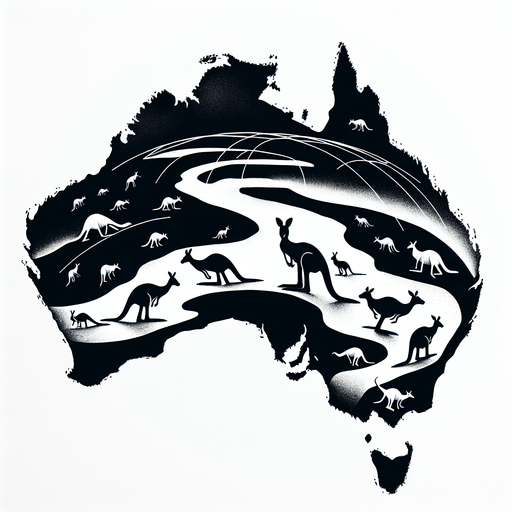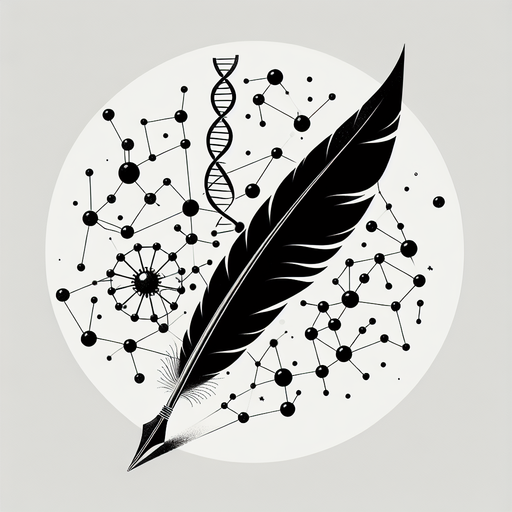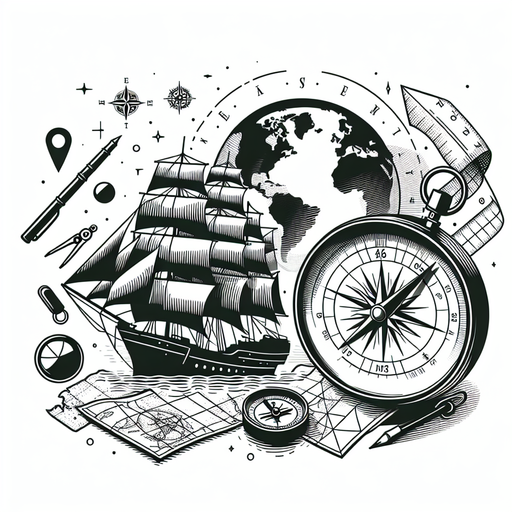Galápagos Islands
A Living Laboratory of Evolution
In 1835, Charles Darwin, a young naturalist, arrived at the Galápagos Islands. What he discovered there would lead him to develop the theory of natural selection, a concept that revolutionized the world. Darwin's visit was a stroke of luck; he was on board the HMS Beagle, a British naval vessel on a survey mission. The voyage began in 1831 and aimed to map South America's coastlines and engage in scientific exploration. But the uniqueness of these islands made them stand out.
Situated about 1,000 kilometers from Ecuador's coast, the Galápagos Islands are a unique blend of marine and terrestrial species, many exclusive to this area. First encountered by humans in 1535, the islands remained largely uninhabited, except for occasional pirates, due to the lack of freshwater and harsh terrain. Over millions of years, various species arrived by random luck and colonized the islands, evolving in isolation.
The archipelago itself shows notable differences among its islands. Darwin observed this when he learned that the tortoises varied slightly from one island to another. This isolation led to unique species like the giant tortoises, marine iguanas, and the famous Darwin's finches, each species differing subtly between islands. These observations significantly influenced Darwin's theories.
The Galápagos Islands serve as an invaluable natural laboratory for studying biodiversity, adaptation, and speciation. Darwin's arrival was largely due to chance, a factor common to so many successful endeavors.
Craving more? Check out the source behind this Brain Snack!


